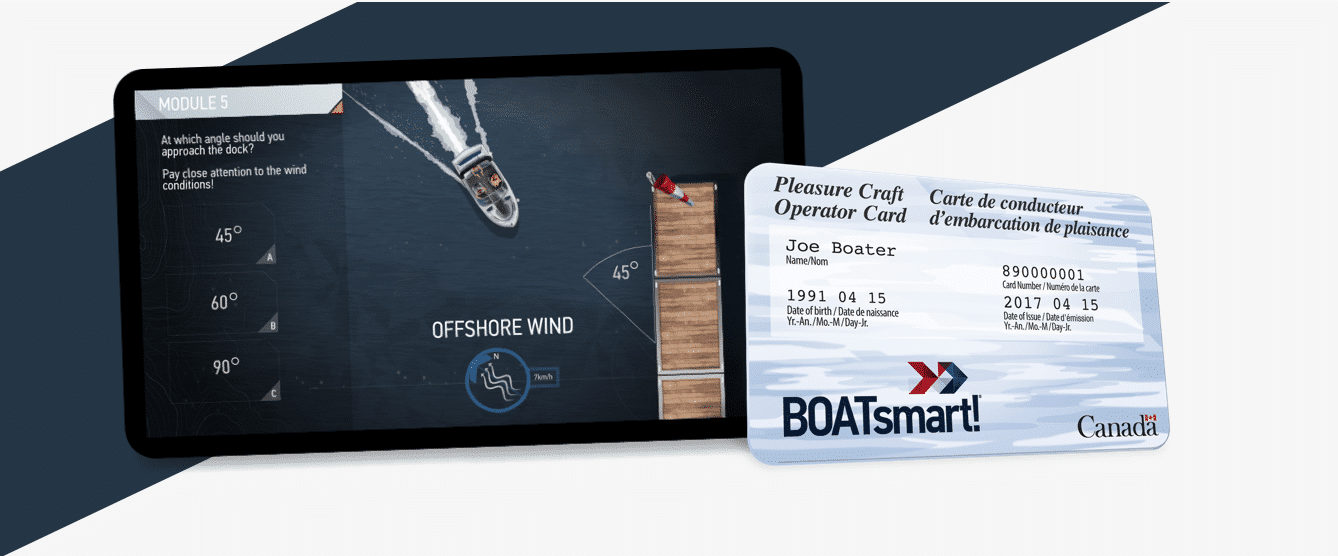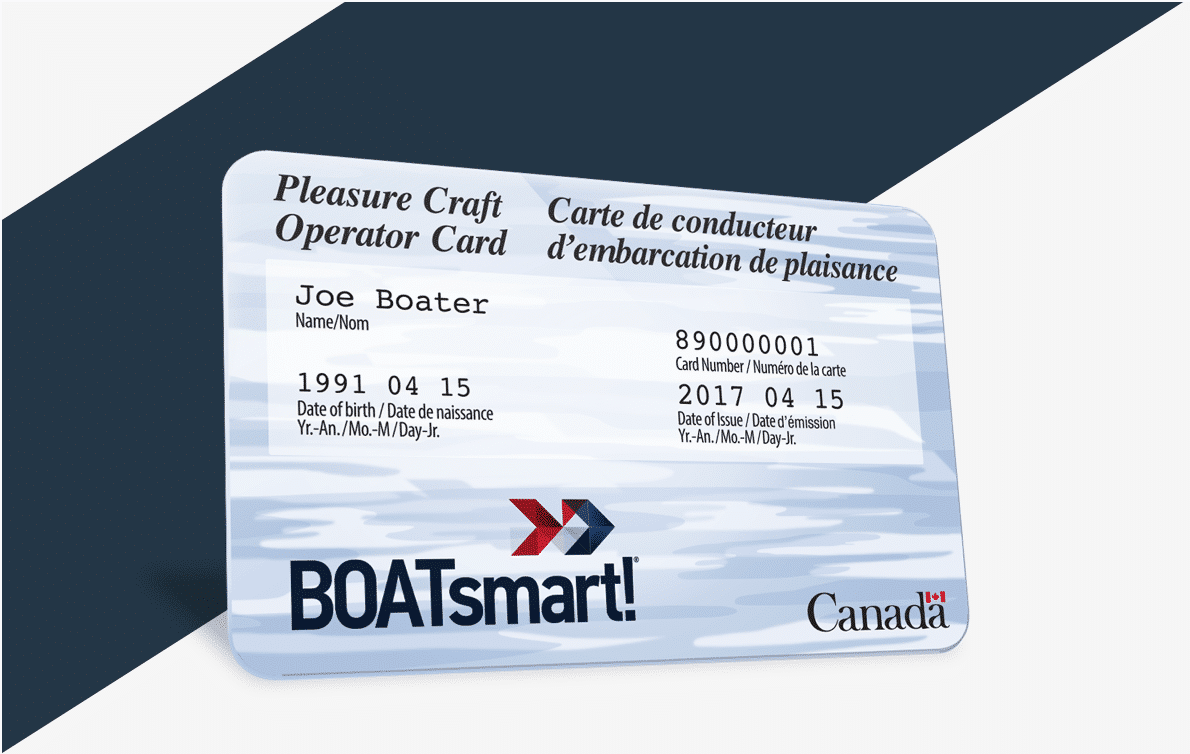BOATsmart! Canada
Knowledge Base
Module 04 - Safe Boat Operation
Docking Your Boat
When docking your boat, make sure that you and your passengers (guests) keep your arms and legs inside the boat, and then follow these steps:
Step 1: Place your fenders, commonly called “bumpers”, on the outside of your boat. This will prevent damage if you bump into the dock.
Step 2: Take advantage of the wind and water current:
- If there is an “onshore wind” pushing your boat toward the dock: Approach the dock slowly at a 10° to 20° angle (you want the boat to drift towards the dock)
- If there is an “offshore wind” pushing your boat away from the dock: Approach the dock at a manageable speed and at angle of 45° or steeper. The angle that you approach the dock should be steeper for stronger winds or currents.
- If there is no wind or current: Turn your boat slowly as you approach the dock at a 45° angle so that the ‘resting position” of your boat will be parallel with the dock.

Step 3: Once your boat is properly aligned with the dock, you’ll need to tie it up before your crew can disembark! This may seem like a no-brainer, but a boat that isn’t properly tied will leave you stuck on dry land.
Check out the BOATsmart! Downloadable Knot Tying Guide, and be sure that your boat is “knot” drifting off anywhere!
Remember, your boat doesn’t have brakes and will need more time to come to a stop. The minimum stopping distance for you boat will depend on speed, load, wind, and water conditions. You can use reverse thrust to slow down, and control the position of your boat when docking! Always practice using reverse thrust in a controlled area, to get familiar with how your boat will react.


Get your Official Canadian
Boating License
The Official Transport Canada Boating Course, Test & License.
Get your Official Canadian
Boating License
The Official Transport Canada Boating
Course, Test & License.



